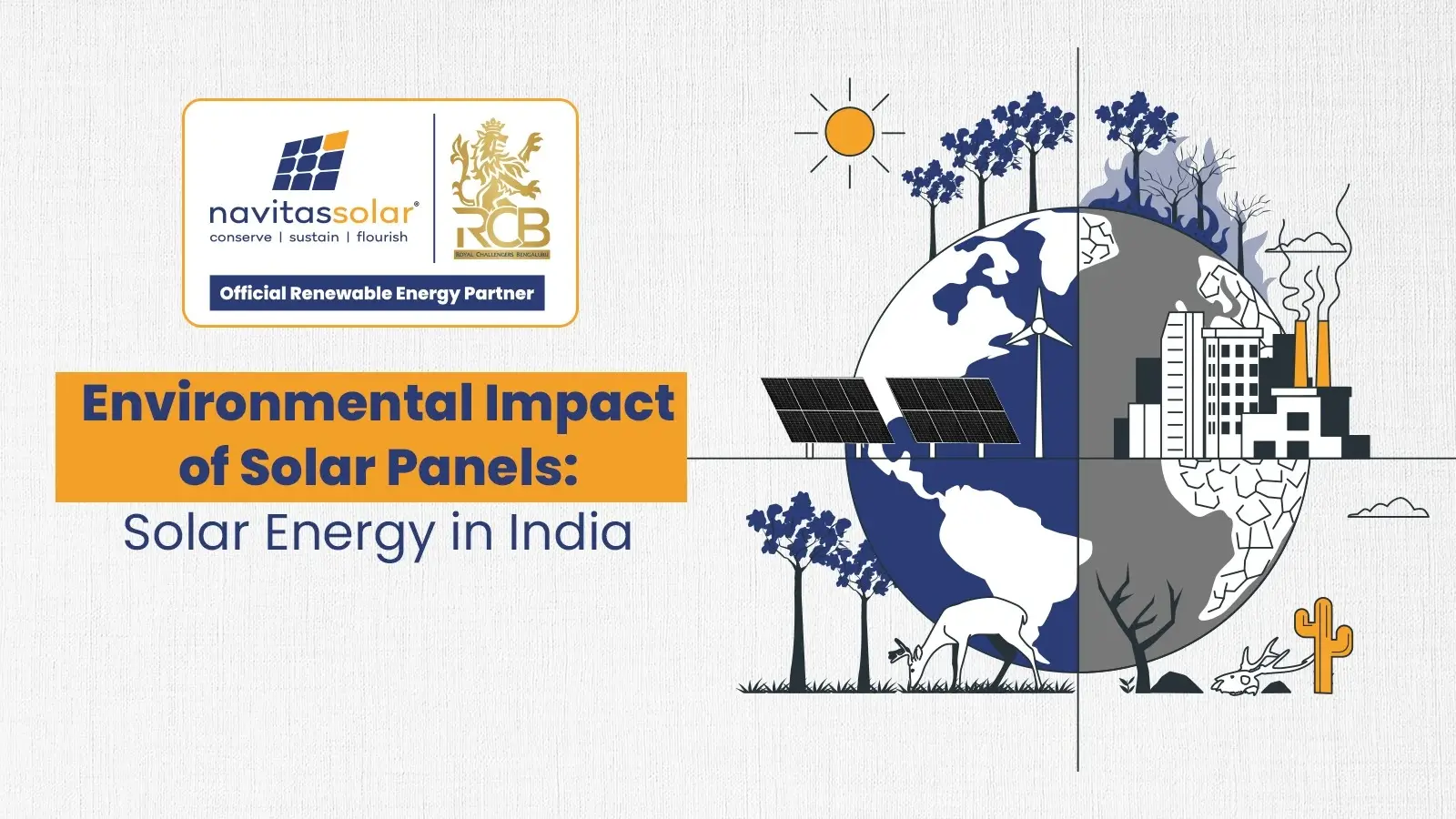BIPV – Building-Integrated Photovoltaics
Have you ever thought of having a house that uses solar modules in place of conventional building materials? With BIPV, it is possible. Read this blog to learn everything about this latest technology. The post BIPV – Building-Integrated Photovoltaics appeared first on Rooftop Solar for your home and more - Blog | SolarSquare.

Building-integrated PV or BIPV refers to a recent, technologically advanced solar energy generation system in which solar panels replace regular components of a building, such as roofs and windows. Unlike traditional solar panels, which are BAPV (building applied photovoltaics) because solar modules are being applied onto the building instead of into it, BIPV becomes a part of the building itself.
BIPV solar panels have a dual purpose:
- Electricity generation: Similar to conventional on-grid rooftop solar systems, BIPV solar modules convert sunlight into electricity.
- Add to the aesthetics of the building: They can be customized into many shapes and sizes, adding to the aesthetic appeal of the building.
However, BIPV solar panels have a much higher upfront investment cost when compared to traditional solar energy systems. Moreover, the modules used in BIPV are either thin-film or traditional crystalline silicon, like monocrystalline solar panels. These have a much lower efficiency than bifacial solar panels, which are used in installing many rooftop solar panels for homes in India.
In this guide, we’ll walk you through everything about building-integrated solar panels, including their types, working, installation process, how they differ from traditional roof-mounted commercial solar systems and those for homes and housing societies.
TL;DR Summary Box: Which is Better, BIPV or Traditional Rooftop Solar Systems?
Although technologically advanced, building-integrated PV isn’t yet cost-effective for Indian homes and housing societies. Roof-mounted solar panel systems are more economical, with their cost breaking even in 3-5 years. Additionally, the Indian government offers homeowners and housing societies installing on-grid rooftop solar a subsidy under the PM Surya Ghar Muft Bijli Yojana.
Here are the multiple pointers which have been covered in detail in this blog:
Feature/ Topic Quick Takeaways What is BIPV? The latest technologically advanced solar system that serves as both, a building material in place of roofs or walls and an energy generator that reduces electricity bills. Types of BIPV solar modules Main forms include solar shingles and solar tiles on the roof, PV glass panels on windows and walls, and skylight BIPV modules for roof openings. Which is better, BIPV or roof-mounted solar? Roof-mounted solar systems are a superior investment in terms of ROI for Indian homes and housing societies. How to install building-integrated solar panels? Requires planning and collaboration between architects and solar experts.
Should be installed during building construction only.Benefits of BIPV Saves space and electricity, improves aesthetics, and reduces heating needs in winter. Limitations of BIPV High cost, lower efficiency, fixed during construction, and complex maintenance Case studies of BIPV in India The Rajiv Gandhi International Airport in Hyderabad
Kolkata International Airport
What is building-integrated Photovoltaics (BIPV) and How Does it Work?
Building-integrated photovoltaics is a technology where solar panels are directly used in the construction of a building. The most common places where solar panels are directly incorporated into the building design are roofs, walls, and windows. In BIPV design, solar panels clearly replace materials like tiles, glass, and cladding.
The BIPV system essentially performs a dual function:
- It generates solar electricity: BIPV buildings generate their own electricity, which makes them independent of the grid as they meet their power requirements by using sunlight.
- Replace traditional building material for better aesthetics: BIPV solar panels can be cut into different shapes and sizes. Moreover, they also offer thermal insulation, protection from weather changes, noise protection, and allow natural sunlight into the room.
How Does Building-Integrated Photovoltaics Work?
The electricity generation process in BIPV is the same as that of other traditional solar panel types. Sunlight falls on the panels and they convert it to DC power. This DC power is converted to AC power by a solar inverter, which is then used by the building.
Let’s understand the working in clear steps now:
- Step 1 – Direct integration of BIPV modules: Photovoltaic cells are directly embedded within or laminated onto building materials during the construction phase. This step can’t be done at a later stage.
- Step 2 – Sunlight gets converted into electricity: Solar cells in the BIPV solar panels convert photons in the sunlight into direct current (DC) electricity through the photovoltaic effect.
- Step 3 – DC to AC conversion begins: Solar inverters convert DC electricity to alternating current (AC) for building use.
- Step 4 – BIPV is connected to the main utility grid: Excess energy produced by the BIPV system is fed into the electrical grid through a smart meter, which can also import electricity from the grid, if needed.
What Are the Types of BIPV Solar Modules Available?
Building-integrated PV modules can be categorized in either of the two ways: the type of PV technology used to make the modules and the area where the modules are applied.
Based on the type of PV technology, they are of two primary types:
- c-Si: crystalline silicon solar cells
- Thin films: These include cadmium telluride (CdTe), amorphous silicon (a-Sci) and copper indium gallium selenide.
Now, let’s check out the types of BIPV solar panels based on which part of the building they are applied to:
Type of BIPV Module Application Area Transparency Solar shingles Roof replacement Opaque PV glass panels Windows and facades Semi-transparent Solar tiles Roof Opaque Skylight roof modules Roof openings Transparent
Which is Better, BIPV or Traditional Roof-Mounted Solar Systems, and Why?
While BIPV is a technologically advanced system with the potential to reduce construction costs by replacing traditional building components with BIPV panels, it’s not a solution for existing homes and housing societies. It can’t be integrated into a building after construction. It can be integrated into the design during construction only.
Moreover, the upfront investment cost for BIPV is much higher when compared to conventional on-grid rooftop systems for housing societies and homes.
So, upfront cost-wise, return-on-investment-wise, and ease-of-installation-wise, traditional solar panel systems are better for residential installations in India.
Here’s a head-to-head comparison between the two so you can call a spade a spade without any confusion:
Feature building-integrated Photovoltaics Conventional On-Grid Rooftop Solar Energy Systems Installation timing During construction only On rooftops after construction is completed Material function BIPV modules replace regular building materials like tiles and glass Added on top of existing roofs Aesthetic impact Extremely smooth and seamless integration take the building’s looks to the next level Well-designed latest bifacial modules add to the aesthetics Upfront investment Very high Lower compared to BIPV and battery-based systems like hybrid and off-grid solar systems Maintenance access It’s complicated because BIPV modules are integrated within the building Easier because individual panels can be accessed properly Performance optimization Dependent on the building’s geometry
Solar panel trackers can’t be installed Optimum tilt angle determined by installation experts during rooftop inspection before the on-grid solar system is installed.
In BIPV, for proper illumination inside the building, appropriate spacing is maintained between the opaque c-Si solar modules or thin films are made transparent. However, the increase in transparency negatively affects the efficiency of modules because the photovoltaic layer captures less sunlight.
What Savings Can You Expect by Installing Traditional Solar Panels With SolarSquare?
When you install SolarSquare’s on-grid rooftop solar system at your home, the system lasts for a minimum of 25 years and offers savings in tens of lakhs of rupees. Don’t believe us? Let’s give you a straightforward comparison between solar panel price vs solar savings you can expect over 25 years in a city like Nagpur.
Solar System Size Solar Panel Price in Nagpur With Subsidy (Starting Price – Indicative for Base Variant)* Solar Savings in Nagpur in 25 Years 2 kWp ~ Rs. 1.15 lakh ~ Rs. 11.05 lakh 3 kWp ~ Rs. 1.32 lakh ~ Rs. 16.58 lakh 4 kWp ~ Rs. 1.77 lakh ~ Rs. 22.11 lakh 5 kWp ~ Rs. 2.27 lakh ~ Rs. 34.43 lakh 10 kWp ~ Rs. 5.02 lakh ~ Rs. 68.86 lakh
*Please note: The above-mentioned solar panel price is indicative as of 31st July 2025 for the SolarSquare Blue 6ft variant. The final cost of installing a solar panel depends on your DISCOM charges, product variant opted for, panel type, inverter type, mounting structure height, type of after-sales service, savings guarantee, roof height, etc. Prices are subject to change. Additionally, while calculating savings, we have considered the annual tariff escalation at 3% and the annual degradation at 1%. The actual final savings from solar panel installation depend on the types of solar panels you’ve installed and their efficiency, intensity of sunlight your rooftop receives, orientation of the panels and tilt angle, the pollution level and weather conditions in your city, the temperature, shadow on the roof, impact of dirt/dust, and how well you maintain your panels after installation.
If you’re not from Nagpur but would still like to check how much money traditional on-grid solar panel systems will save for you in 25 years, we have a simple solution. Use SolarSquare’s rooftop solar calculator to get an estimate for free.
Calculate your savings

Forecast your savings with solar on your investment on the SolarSquare’s plant

How to Design and Install Building-integrated Photovoltaics?
Designing and installing building-integrated photovoltaics (BIPV) is not a one man’s job. In fact, it has to be so precise that it’s not even one team’s job. In reality, building-integrated photovoltaics (BIPV) installation requires coordination between solar specialists, architects, and construction teams to ensure proper integration with building systems.
The process differs significantly from traditional solar installations due to structural and aesthetic integration requirements.
The installation is done in multiple phases, listed below:
- Step 1 – The pre-construction planning phase of BIPV: This includes site assessment, structural analysis, and permit acquisition to proceed with the construction.
- Step 2 – The electrical system of the building is integrated with the architectural design: Architects, electrical engineers, roof engineers, and solar specialists are involved in this design phase to make a practical model.
- Step 3 – Prepare and reinforce roof: This involves installing mounting rails or cassette framing and rough-in DC conduit.
- Step 4 – BIPV module installation: In this phase, the BIPV modules are integrated into the building as per the design, and those modules are weatherproofed.
- Step 5 – Electrical connections are laid: This includes DC wiring, inverter installation, and smart meter installation so BIPV and the grid can interact.
- Step 6 – BIPV system commissioning: In this step, performance testing and safety verification procedures are carried out by officials.
- Step 7 – Final inspections: This final check includes building department and utility company approvals.
Things to Consider When Installing BIPV
Before designing this system, you need to determine the building’s power consumption, safety codes, orientation, and location.
Once that’s done, you should follow the steps listed below:
- Choose a practical design: Consider and apply an energy-conscious design for the building to reduce the load on the power utility.
- Pick one, on-grid vs off-grid: Choose between a utility grid connection and a stand-alone solar system to meet the high demand for electricity during peak hours.
- Think about ventilation beforehand: To improve the efficiency of building-integrated solar modules, you must consider providing appropriate ventilation. This is important because the increase in temperature reduces the conversion of sunlight into usable current.
- Optimize for efficiency: You can use the heat produced by the BIPV modules as a solar thermal resource to offer pre-heating of the air before it enters the building.
- Incorporate BIPV solar panels in the direction they get maximum sunlight: During the designing phase of the building, ensure that the modules get maximum exposure to direct sunlight. This is a crucial step that helps you decide on the direction and orientation of the building to avoid the chances of shading.
- Ensure the tilt angle remains proper: A proper tilt of the solar modules can help maximize power generation. Therefore, instead of constructing the building with the maximum vertical facade, consider implementing tilted structures for BIPV modules.
What Are the Benefits of Installing BIPV?
Installing a building-integrated solar system reduces reliance on grid electricity, offering dual benefits: lower electricity and utility bills, and a reduced carbon footprint due to the clean and non-polluting nature of solar renewable energy.
Let’s check out all the benefits of BIPV solar panels in detail:
- It saves land: You don’t need extra land area to produce solar power using BIPV systems.
- It reduces power consumption: The design is such that it provides access to sufficient sunlight during the day. This reduces the load on the heating equipment during the winter season.
- It reduces the electricity bill through multiple methods: First, the heat produced by the BIPV modules can be used as a solar thermal resource to offer pre-heating of the air before it enters the building during the winter. This keeps the building warm without the need for additional heating. Second, solar electricity is free.
What Are the Drawbacks of Building-integrated Solar Panels?
The current biggest drawback of BIPV is that this technology is very expensive. Hence, it’s not an ideal investment for homeowners who can save tens of lakhs of rupees by installing on-grid rooftop solar systems instead.
Let’s check out all the major limitations of building-integrated photovoltaics:
- Higher upfront cost: They’re too expensive for residential installations. The ROI is not worth the investment.
- Limited flexibility: BIPV solar panels must match the building’s design. It limits the options of where and how they can be placed.
- Lower efficiency: They often produce less power than conventional rooftop solar panels due to issues with orientation or partial shading.
- Complex installation: Installing BIPV can require special skills and coordination between architects, engineers, and solar experts.
- Difficult to repair and replace: Since BIPV is part of the building structure, fixing a faulty panel can be tricky and costly.
Case Studies of Successful BIPV Implementations in India
BIPV in India is not widespread in domestic installations for obvious reasons: higher investment and limited flexibility. However, they’re witnessing success in commercial projects. The two most successful implementations of the BIPV technology in India include:
- The Netaji Subhash Chandra Bose International Airport in Kolkata: The airport has BIPV modules fitted on its roof.
- The Rajiv Gandhi International Airport in Hyderabad: The walls of the airport building are BIPV solar panels.
Conclusion
BIPV, or building-integrated photovoltaics, is being increasingly adopted at international airports in India. While the working of BIPV is the same as that of traditional solar panel systems, the two differ a lot. Traditional rooftop solar systems remain a better investment for homes and housing societies, offering a significant return on investment and lower upfront installation costs compared to BIPV.
If you’re planning to install solar at home, book a free solar consultation with experts at SolarSquare. Let our experts handle the nitty-gritty of installing solar so you can finally enjoy the taste of zero electricity bills.
FAQs
Q1. What is the potential of BIPV in India?
Ans. BIPV has strong potential in India’s commercial construction sector, especially for new buildings where design integration is possible. It is already being used at major international airports like Hyderabad and Kolkata. However, due to high upfront costs and lower efficiency compared to conventional on-grid rooftop solar systems, BIPV solar panels are not yet a cost-effective solution for homes or housing societies.
Q2. What is the difference between PV and BIPV?
Ans. PV (Photovoltaics) refers to traditional solar panels that are installed onto a structure after construction. This is called building-applied photovoltaics or BAPV. BIPV (building-integrated Photovoltaics), on the other hand, are solar modules that replace standard building materials like tiles or glass and are integrated into the building during construction.
Q3. What is an example of BIPV materials?
Ans. Here are some examples of BIPV materials: Solar shingles and solar tiles used to replace conventional roofing. PV glass panels for windows and facades. Transparent skylight modules that provide natural lighting and energy generation.
The post BIPV – Building-Integrated Photovoltaics appeared first on Rooftop Solar for your home and more - Blog | SolarSquare.
What's Your Reaction?






























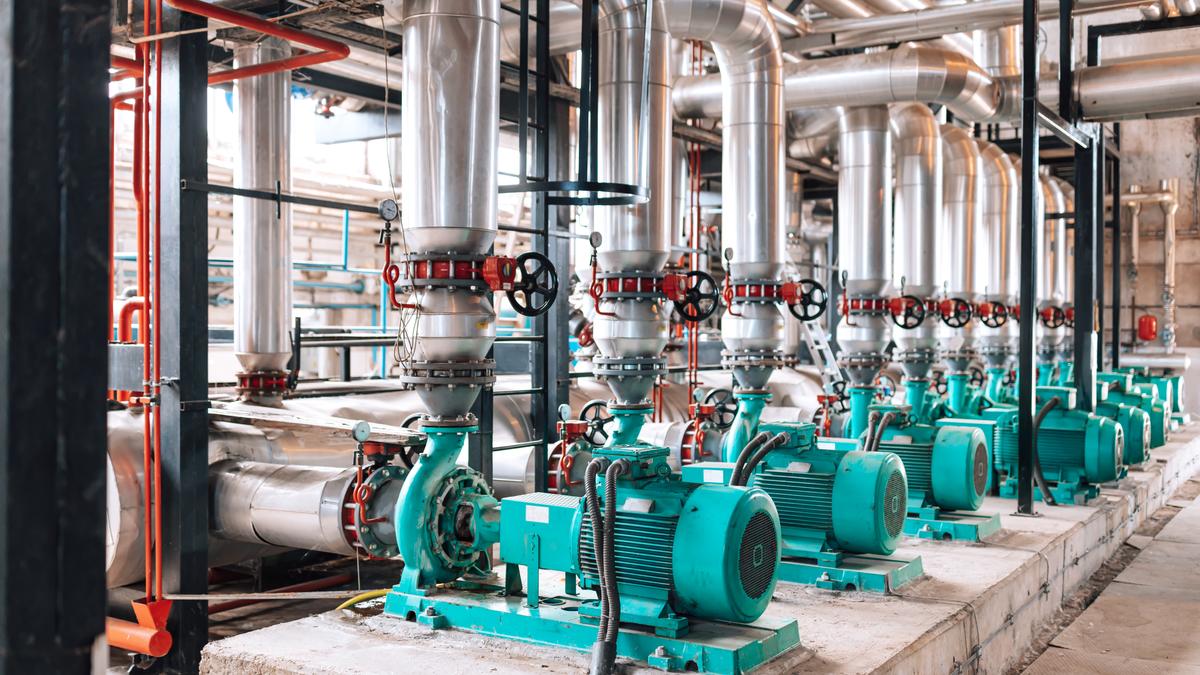










































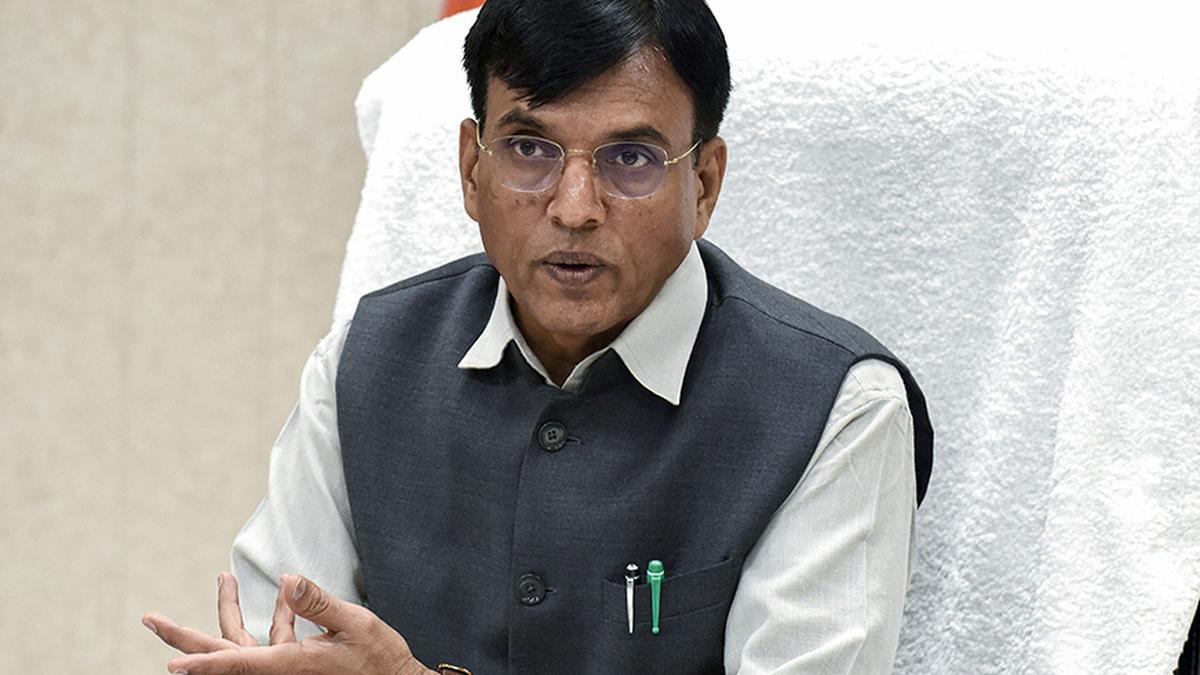








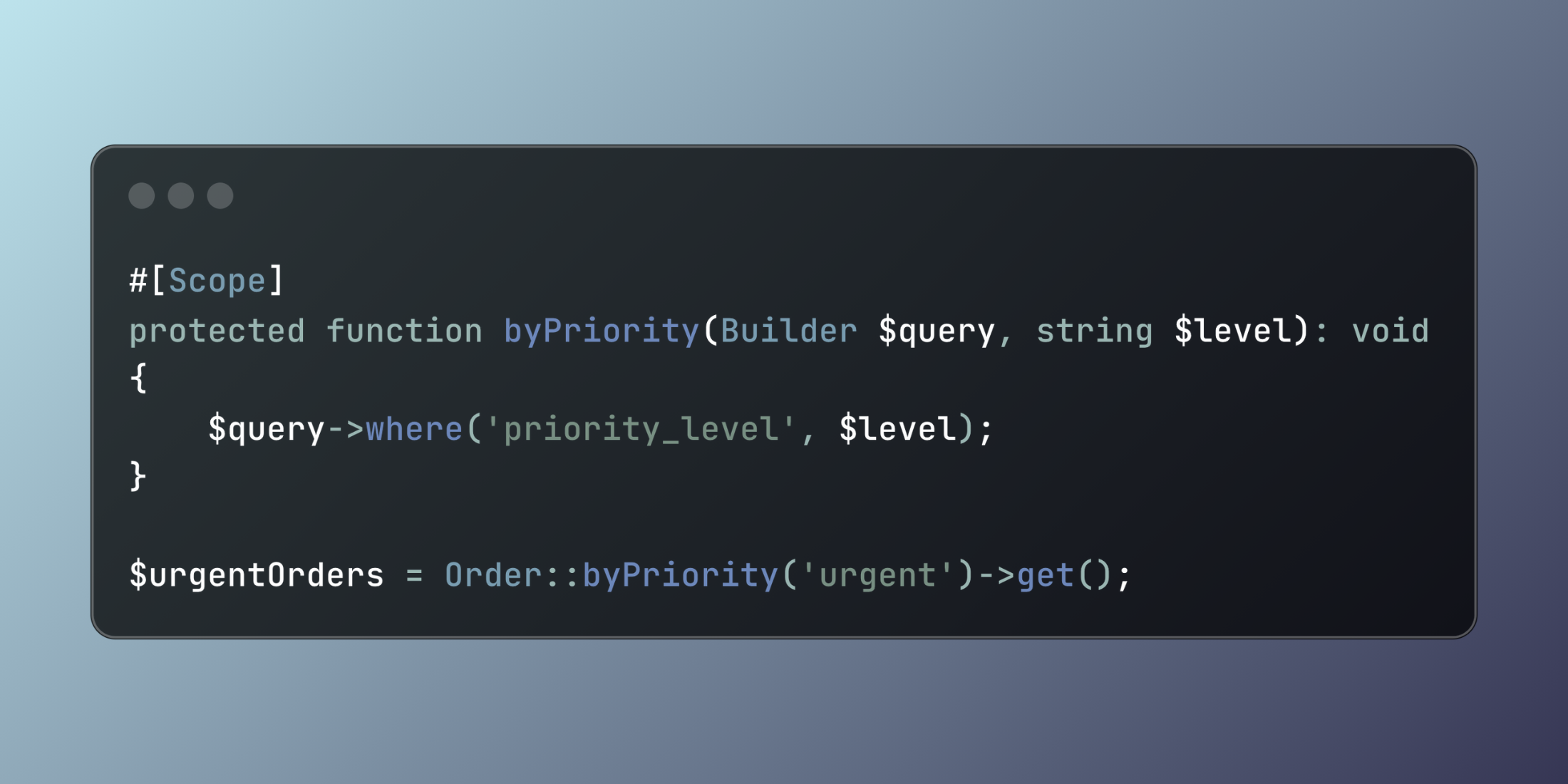


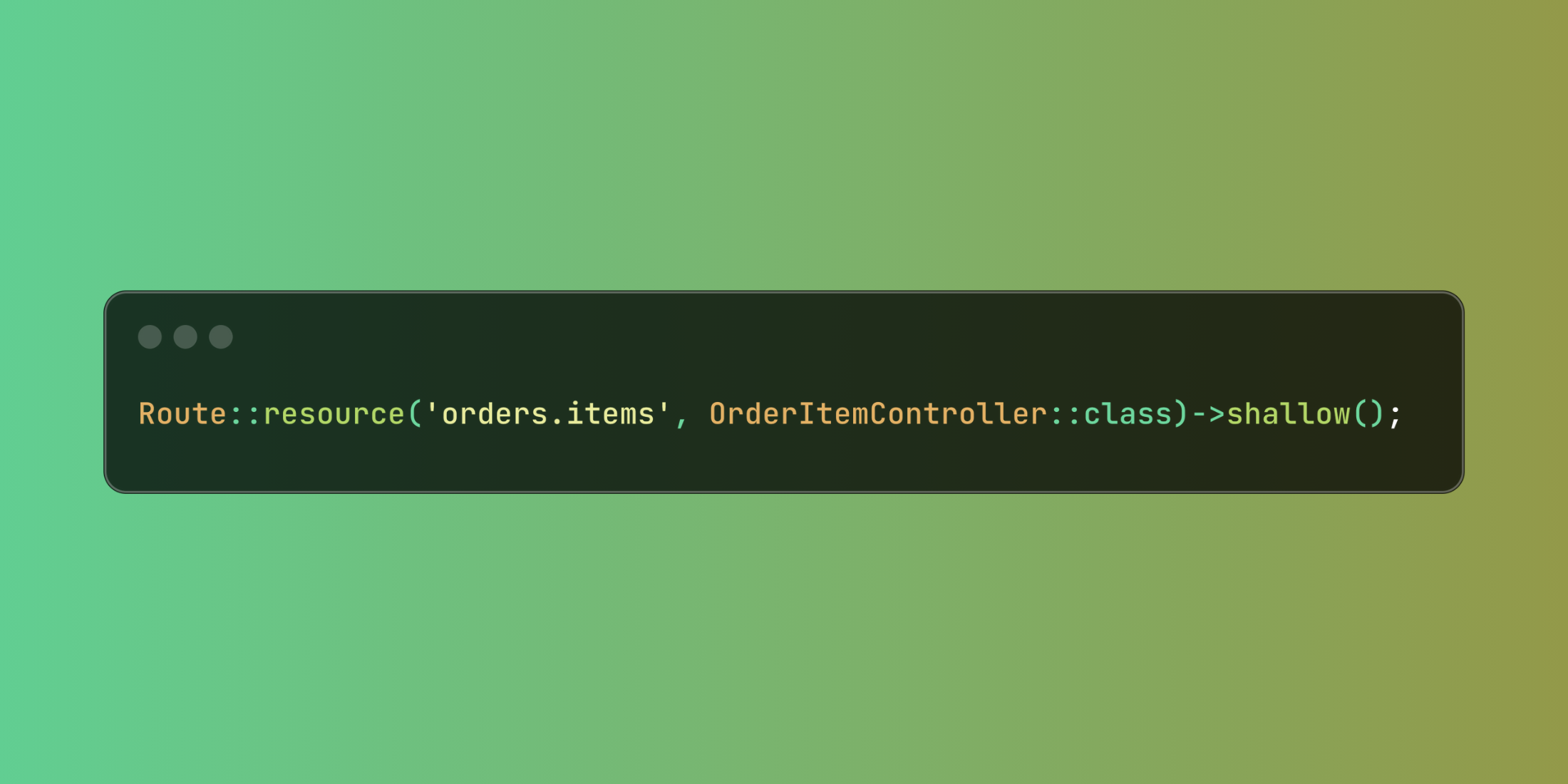




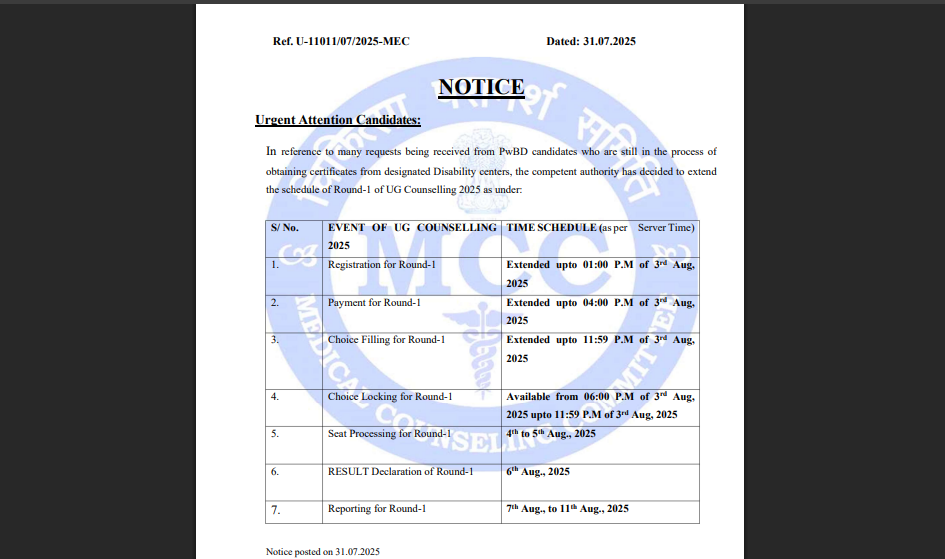


.svg)

